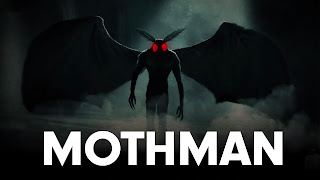Literature Review #2
McGinnis, Shelley E. Dallas, Roswell, Area 51: A Social History of American "Conspiracy Tourism." ProQuest Dissertations Publishing, 2010.
Key Terms and Concepts:
The author, Shelley E. McGinnis, wrote this dissertation to receive a doctorate in Philosophy in the Department of Communication Studies at the University of North Carolina. The dissertation provided another valuable example of paranormal tourism, the UFO Festivals of Roswell, as well as explored economic and societal reasons that help bring the commercialization to the tourist locations.
- Counterknowledge as uncovering hidden information, tearing down and rebuilding events and narratives in a cohesive way to present one’s own interpretation as fact.
- The rise of conspiracy theories in society led to people visiting relevant locations of said theories, which local governments and people seized as an opportunity to drive the tourist economy in the location.
- “A second result is the annual ‘UFO Festival’ held every July since 1995 in Roswell – an event organized by promoters who worked hard to overcome the perceived stigma of ‘weirdness’ attached to the subject matter both by emphasizing a playful, ‘fun’ attitude toward UFOs and by linking support of UFO tourism explicitly to ideals of civic duty and community.” (McGinnis 104)
- “The popular acceptance or interest in conspiracy theory is manifested at ground level at the locations studied in the preceding chapters – in the form of flesh-and-blood visitors and the dollars that they spend.” (McGinnis 189)
- “Why travel to a place to read about it, especially in the age of the Internet? As we have seen, many visitors to these sites also value information that is linked in some way to physical presence, such as visual-spatial orientation…” (McGinnis 195)



I stumbled upon an interesting book titled Tourism, Religion, and Spiritual Journeys that made me wonder if paranormal tourists might sometimes be compared to people on pilgrimages. I dug a little deeper and read a bit of Sacred Journeys: The Anthropology of Pilgrimage, which has a useful chapter distinguishing between "tourists" and "pilgrims." It's possible that paranormal tourism -- especially UFO tourism -- could evolve toward a religious or mystical journey, but it will need more specific sites that "pilgrims" can visit and touch. Sort of like "the grassy knoll." Ghosts, of course, have houses that they haunt. Monsters might have specific Lochs (such as Loch Ness) or woods that they prowl. But UFOs don't seem to have a center of magnetism that can pull people together.
ReplyDelete